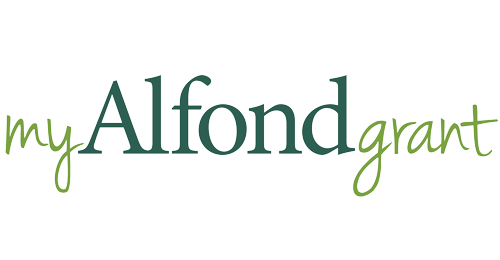Saving for higher education can help reduce how much student loan debt the family needs to take on. Students and families who have college savings are always in a better position when it comes to paying. There are many types of accounts you can use to save for college. Learn more about the options and choose the right one for you!
Compare savings options at SavingforCollege.com.
Section 529 Plans
A Section 529 plan (529) is an investment plan designed primarily to help families save for higher education. These plans are called 529 plans because they are described in Section 529 of the U.S. Internal Revenue Code (Section 529). Any earnings on contributions to a 529 account are federal tax-free when withdrawn to pay for qualified higher education expenses, as defined in Section 529, at eligible higher education institutions. These expenses may include tuition, fees, computers, books and supplies, as well as room and board, if enrolled at least half time.
Funds in a 529 are counted as an asset of a parent (if the account owner is the parent or a dependent student). This means that money in a 529 is treated favorably in the financial aid formula used by the FAFSA. If you are using a 529 to pay for higher education, your savings will have a minimal impact on financial aid eligibility. If someone other than the parent or beneficiary owns the account, then when the money is used, it will be considered income to the student.
Because contributions are made with after-tax dollars, they are not deductible for federal and most state taxes. Some states allow state tax deductions for contributions to Section 529 plans. Many states have additional 529 plan benefits. You should check if your or your designated beneficiary’s home state offers any state tax or other state benefits such as matching grants or protection from creditors which may only be available for investments in such state’s plan.
There are no age limits, so accounts can be opened for children of any age and even adults saving for their own higher education. Assets in a 529 can be transferred to another member of the student beneficiary’s family if the beneficiary does not go on to higher education or doesn’t need all of the money saved.
You can also use up to $10,000 per year from your 529 account for elementary or secondary public, private or religious school tuition.
Learn more about saving for college with a 529 plan at College Savings Plans Network.
NextGen 529®
Maine’s Section 529 plan is NextGen 529. Many Maine families save for higher education with NextGen 529. There are matching grants available for opening an account and making contributions — hundreds of dollars each year.
Coverdell Education Savings Accounts
A Coverdell Education Savings Account (Coverdell ESA) is a trust or custodial account set up solely for paying qualified education expenses for the designated beneficiary of the account. Earnings on contributions made to Coverdell accounts are tax-free if withdrawn for qualified higher education expenses (tuition, fees, books, supplies, equipment, special needs; room and board if the student is at least half time) OR qualified K-12 education expenses. Contributions are not deductible for federal tax.
Assets in a Coverdell can be distributed to the child if not used for college. The maximum contribution amount per year is $2,000 and you can only add to the account until the child is 18. Funds in the Coverdell must be withdrawn by the time the student is 30.
The funds are considered an asset of the parent when filing the FAFSA. Funds may be transferred to another member of the beneficiary’s family. The ability to contribute phases out for high income earners.
Uniform Gift to Minors Act (UGMA)/Uniform Transfers to Minors Act (UTMA)
The UGMA and UTMA accounts are custodial accounts, which means they allow adults to transfer cash, investments and — in the case of UTMAs — real estate to a child. As custodian of the account, the adult manages investment and controls the account until the child reaches the age of majority in their state. At that point, the child can access the funds and use them without restriction.
When UGMA or UTMA accounts are used for college savings, the funds in the account are considered the child’s property, even if the child hasn’t reached the age of majority. That means when a family fills out the FAFSA, they must list UGMA and UTMA funds as the student’s assets. This could therefore increase the expected family contribution (EFC) by 20 percent of the UGMA/UTMA account’s value.
Education Savings Bonds
The Education Savings Bond Program lets qualified taxpayers exempt some or all of the interest earned upon redemption of eligible savings bonds from their annual gross income. The bond purchaser must be at least 24 years old at the time of the bond issuance. Interest exclusion phases out for high income earners.
When filing the FAFSA, the bond is counted as an asset of the bond owner.
Early Traditional and Roth IRA (Individual Retirement Account) Withdrawals
Individual Retirement Accounts (IRAs) are flexible retirement investments, as the funds can be used to pay for qualified higher education expenses. A traditional IRA is funded by pre-tax dollars, while a Roth IRA is funded by post-tax dollars.
Both traditional and Roth IRAs allow you to withdraw money for qualified higher education expenses without penalty under certain criteria. Roth IRA can be withdrawn before 59 ½ if the investment has been in for at least 5 years. Early IRA withdrawals, before age 59 ½, are allowed without the 10 percent early withdrawal penalty if funds are used for qualified education expenses. These withdrawals may still be taxed as ordinary income.
USRRMH1221U/S-1935235-2/4






